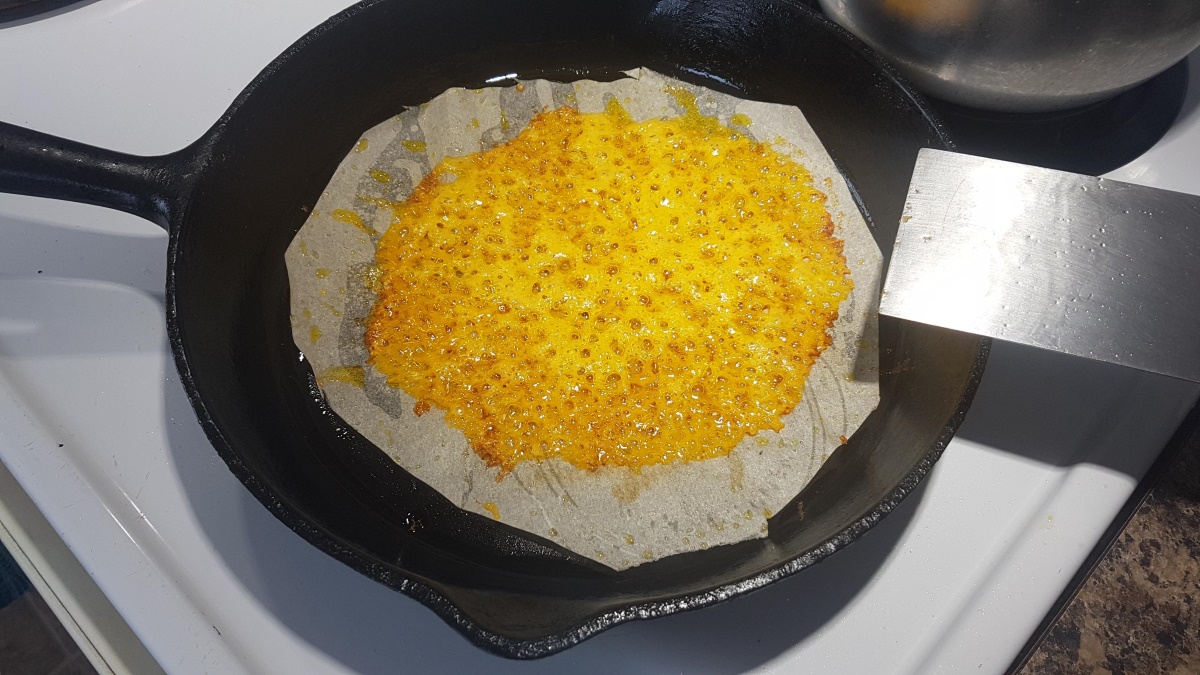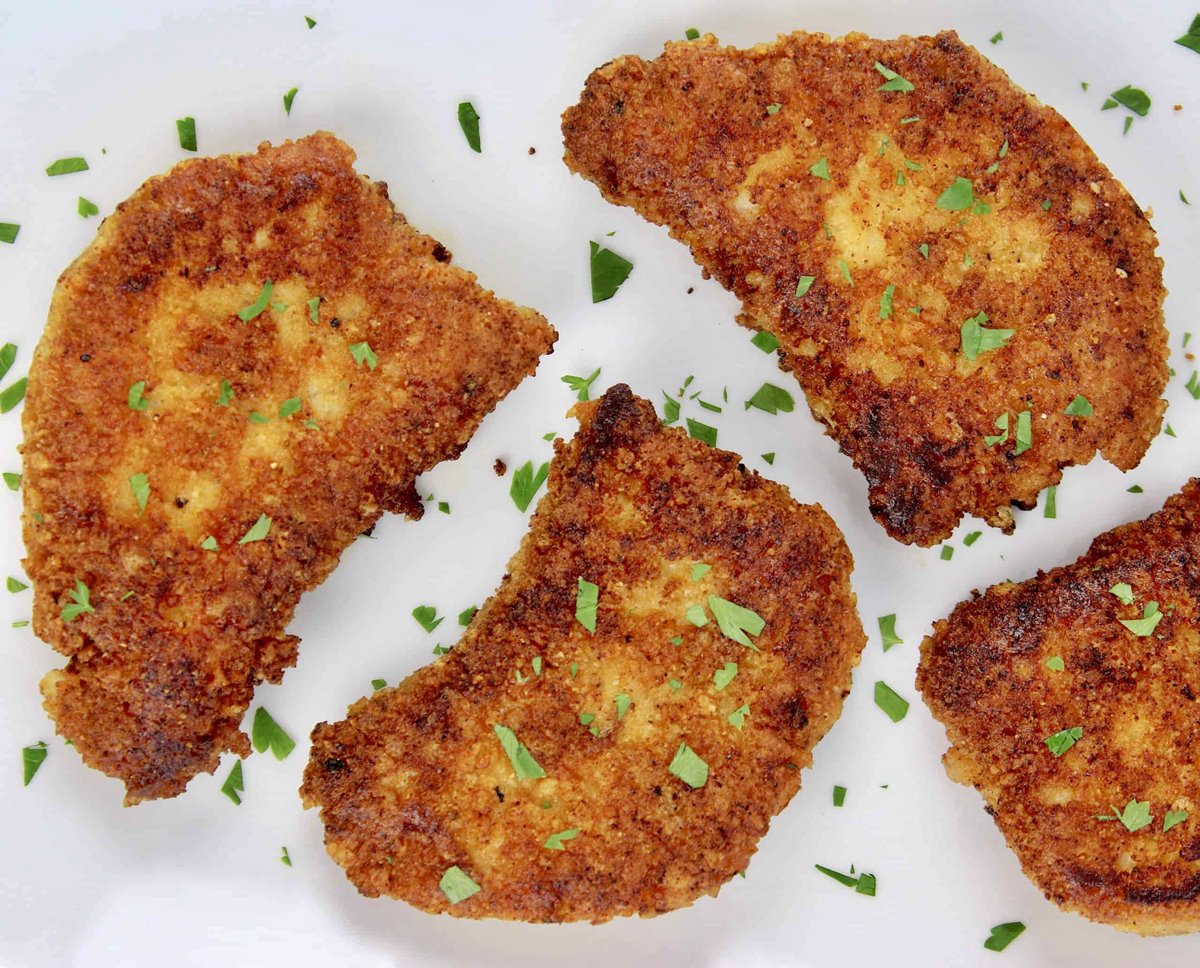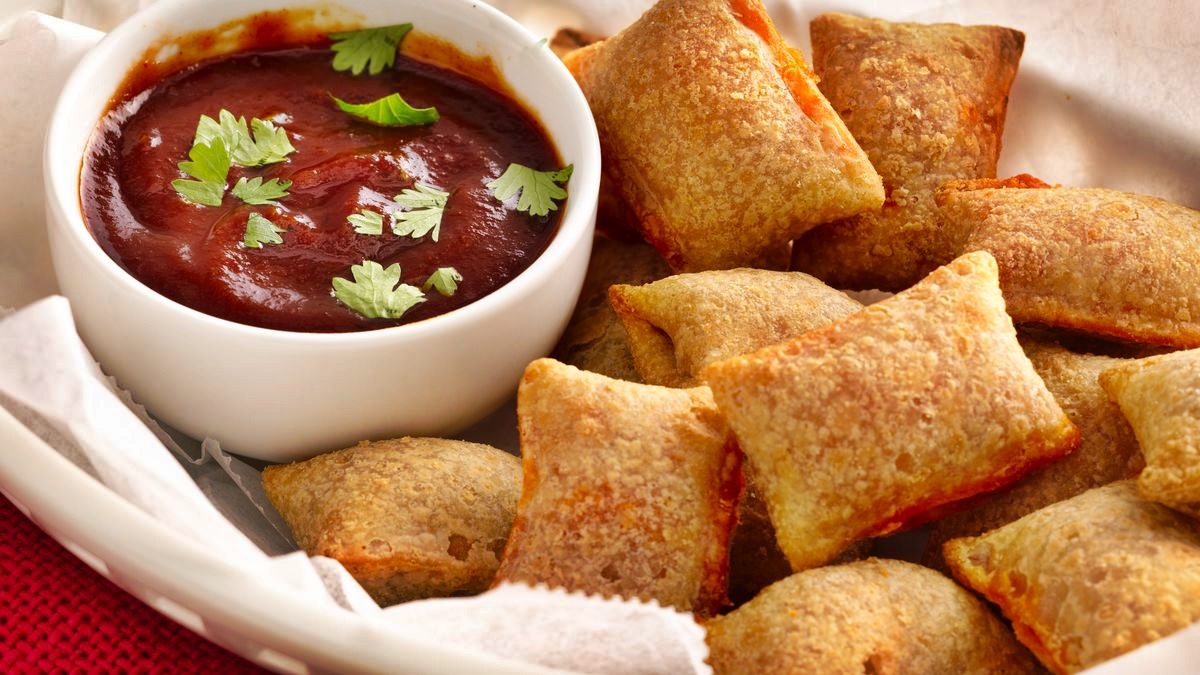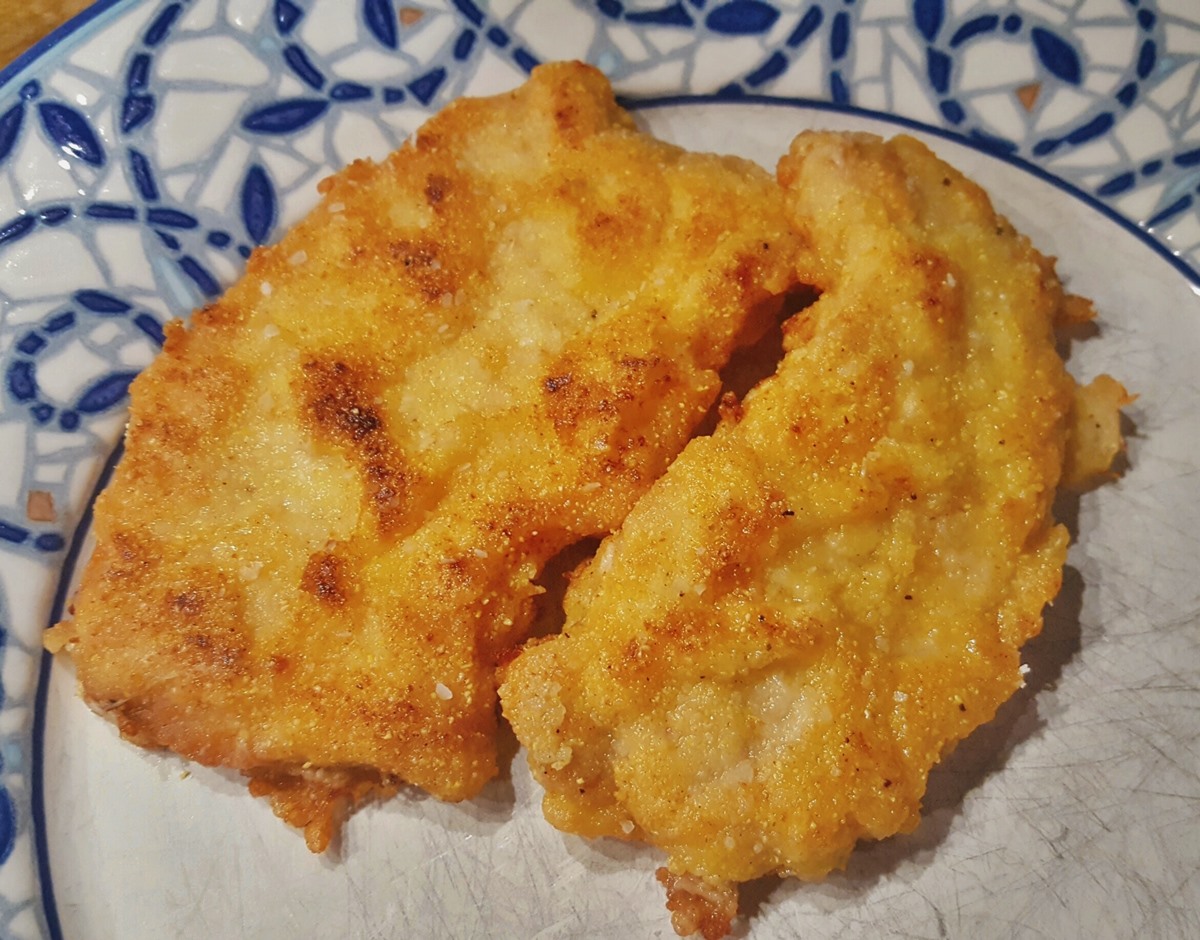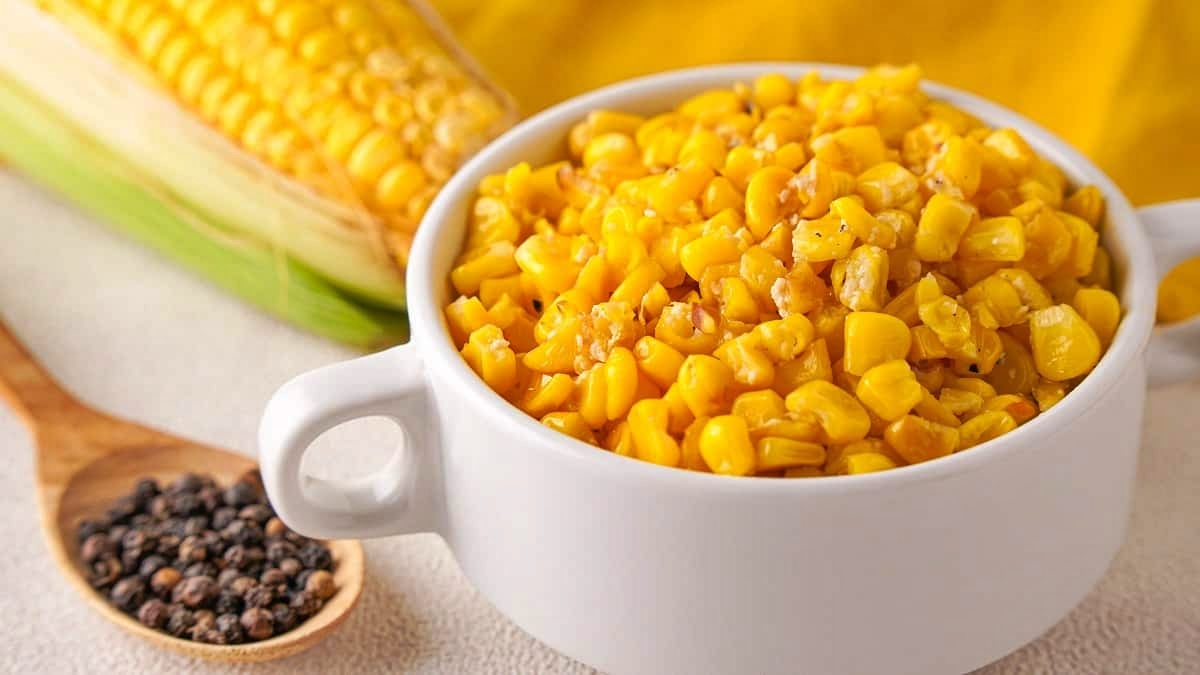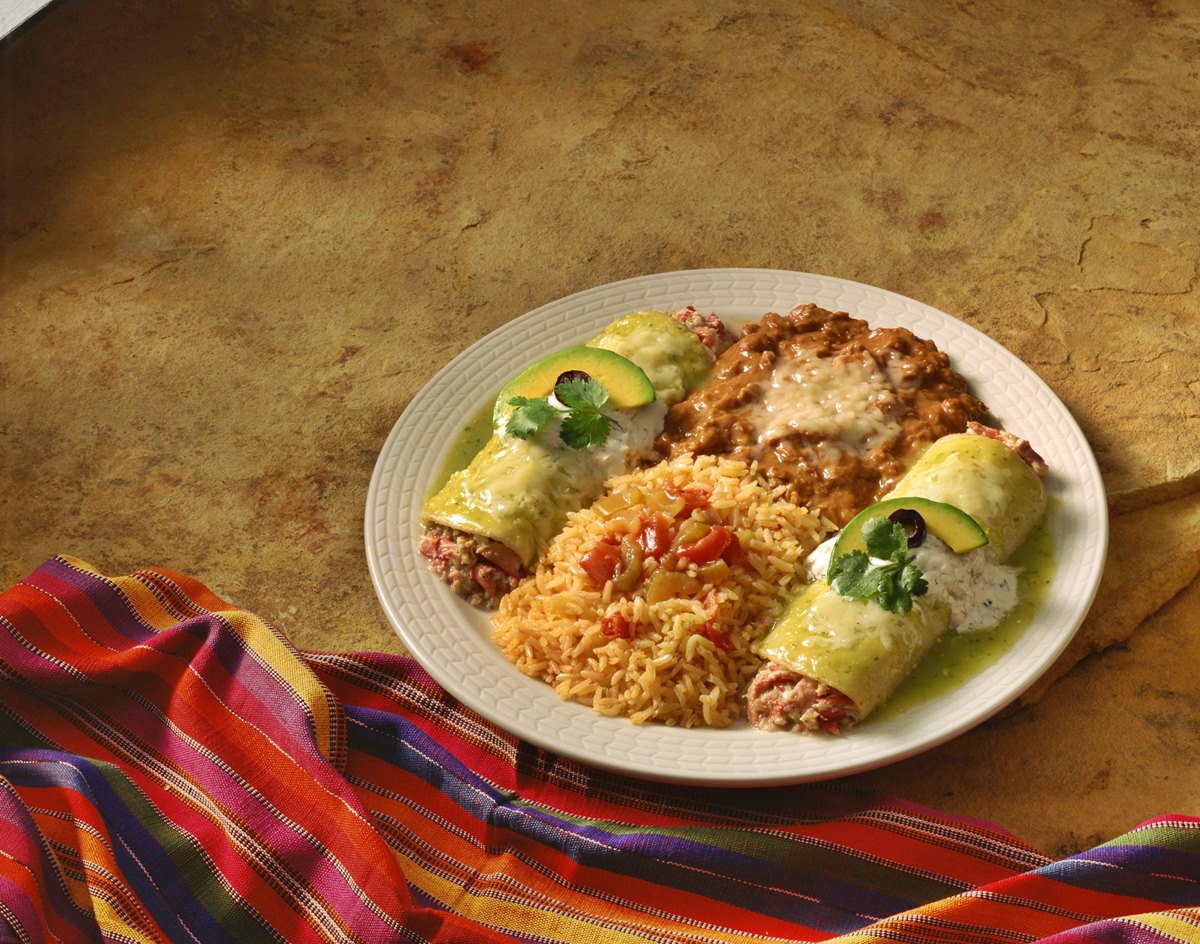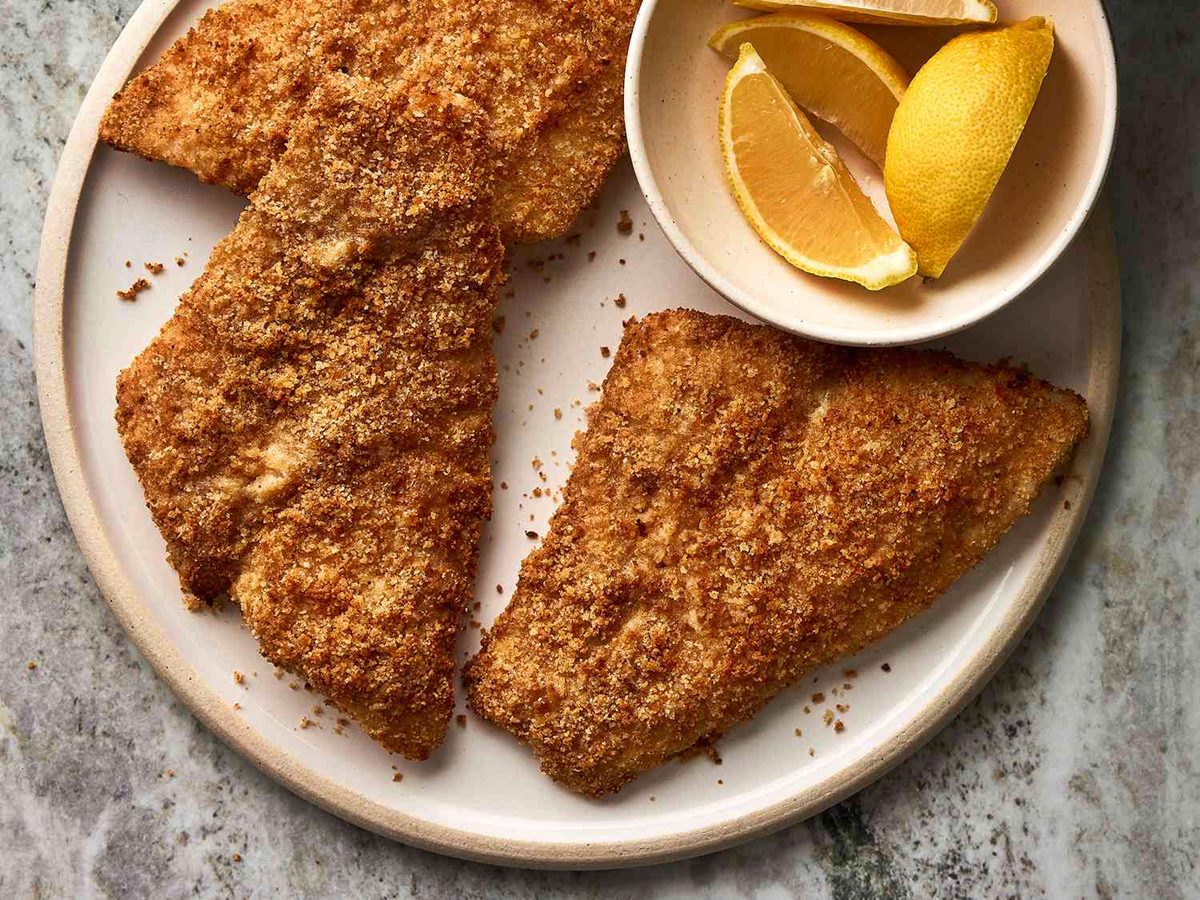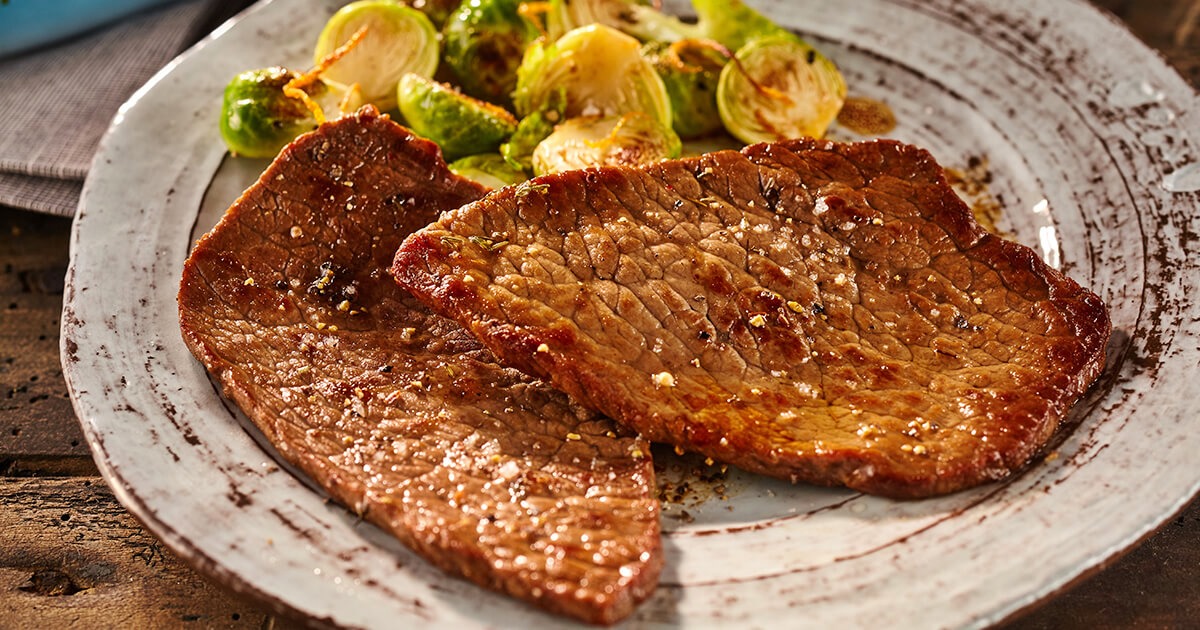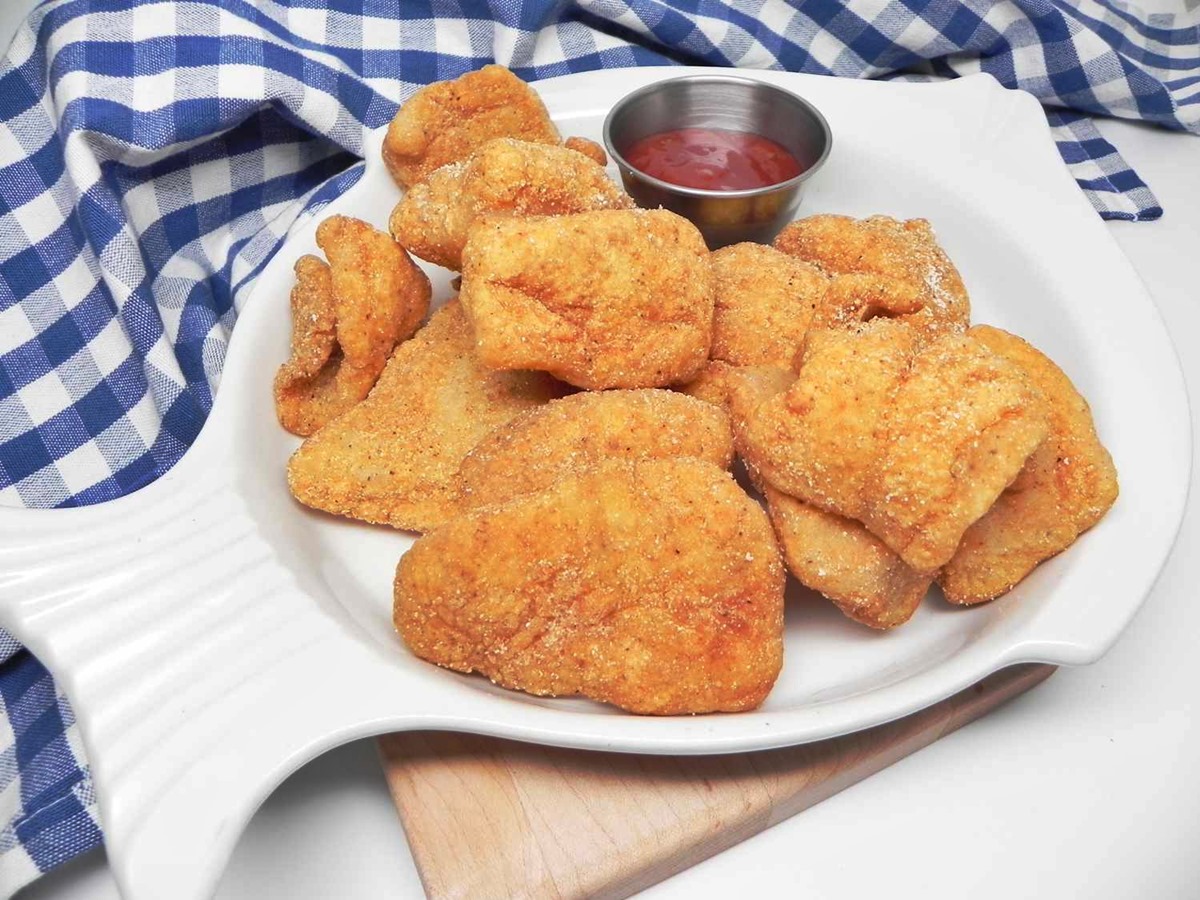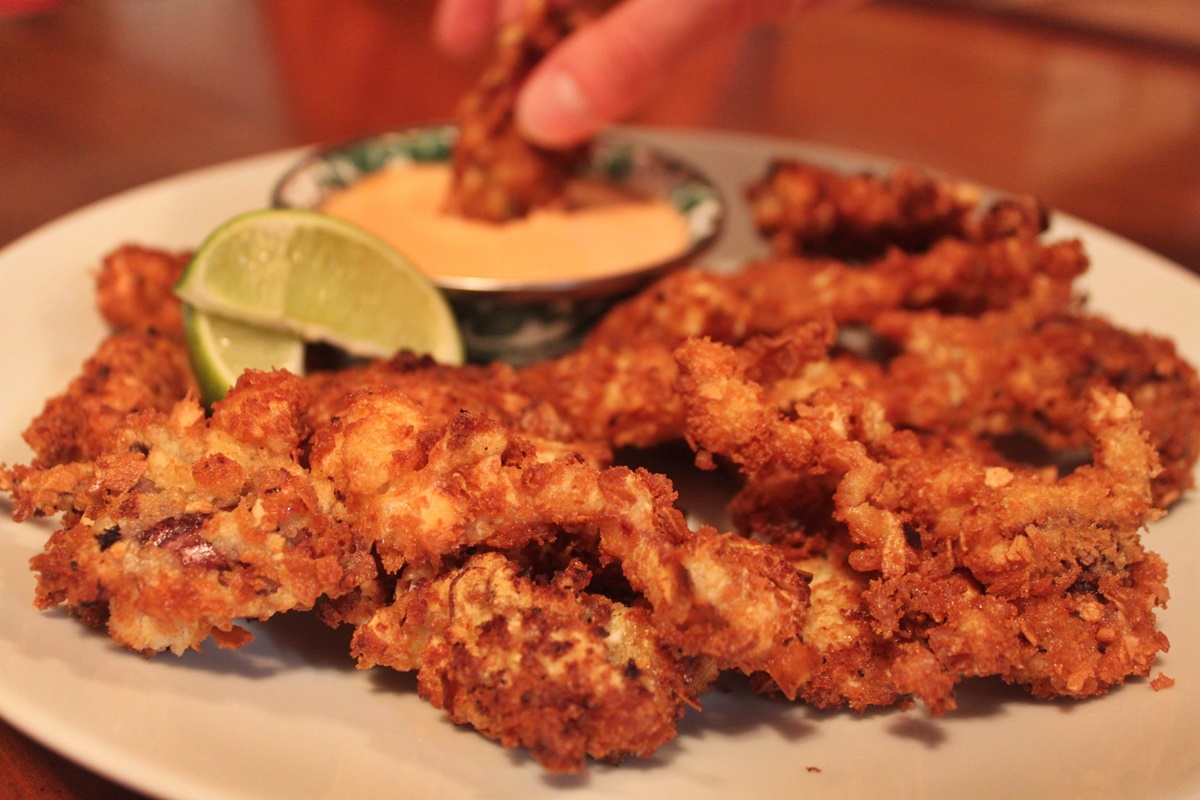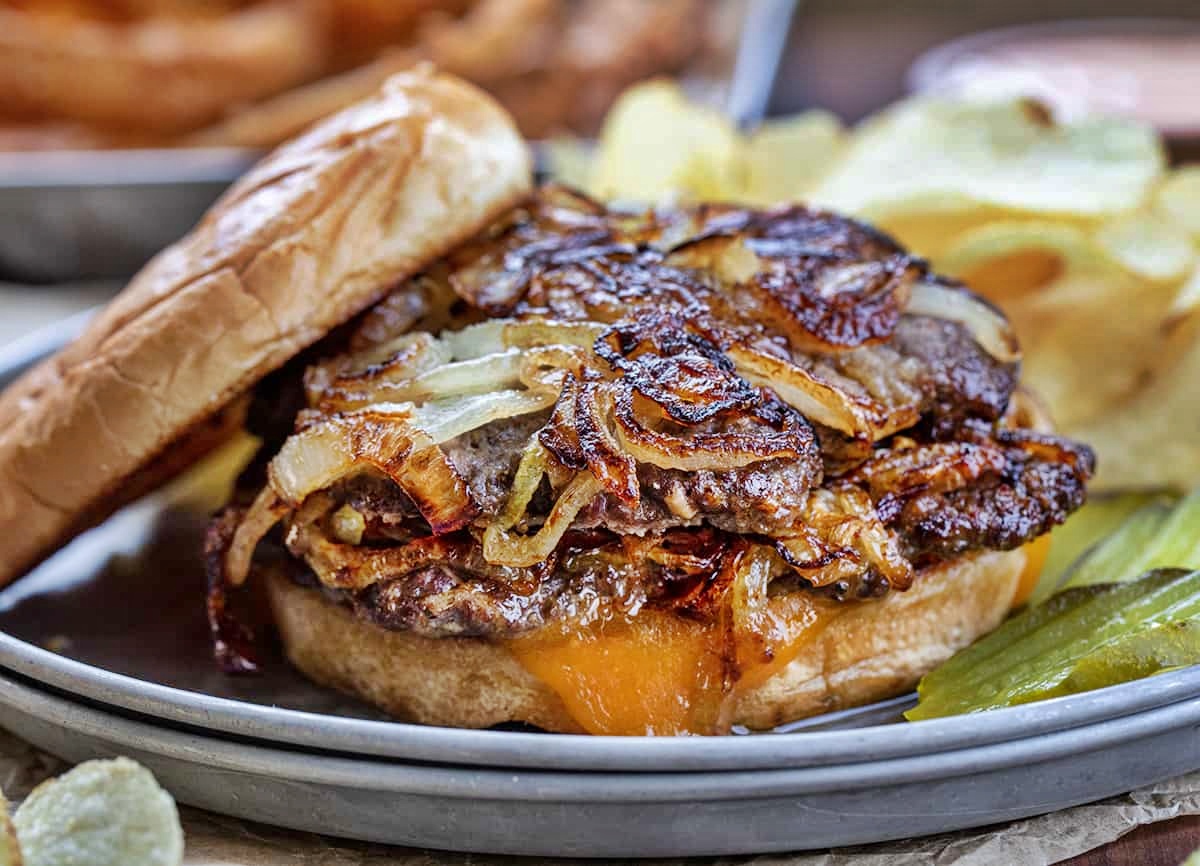How To Fry Stew Meat
Are you looking to add a delicious twist to your traditional stew recipe? Frying stew meat can be a great way to enhance the flavors and add a crispy texture to your dish. Whether you’re a seasoned chef or a cooking novice, we’ve got you covered with this step-by-step guide on how to fry stew meat to perfection.
Here’s what you’ll need:
- Stew meat (beef, pork, or lamb)
- Oil for frying (vegetable, canola, or olive oil)
- All-purpose flour
- Seasonings of your choice (salt, pepper, garlic powder, paprika, etc.)
- A large skillet or frying pan
Step 1: Prep the Stew Meat
Start by trimming any excess fat from the stew meat. This will help prevent splattering while frying and give you a leaner result. Cut the meat into bite-sized pieces, ensuring they are as evenly sized as possible for even cooking.
Step 2: Season the Meat
In a bowl, combine the all-purpose flour and your desired seasonings. Seasoning the meat before frying will infuse flavor into every bite. Coat the stew meat evenly with the seasoned flour mixture.
Step 3: Heat the Oil
In the skillet or frying pan, heat enough oil to cover the bottom of the pan. Allow the oil to reach a medium-high heat. You can test if the oil is hot enough by dropping a small piece of meat into the pan; it should sizzle immediately.
Step 4: Fry the Stew Meat
Carefully place the coated stew meat in the hot oil, making sure not to overcrowd the pan. Fry the meat in batches if necessary. Let the meat fry for a few minutes on each side until it develops a golden brown crust. Turning the meat with tongs will help achieve an even browning on all sides.
Step 5: Drain and Serve
Once the stew meat is cooked to perfection, remove it from the skillet using a slotted spoon or tongs. Place the fried meat on a paper towel-lined plate to drain excess oil.
Now comes the best part – serving your delicious fried stew meat! You can enjoy it as is, or add it back into your stew for an extra layer of flavor and texture. The crispy crust on the outside combined with the tender meat on the inside will be a true delight for your taste buds.
So, whether you’re looking to elevate your stew game or simply try something new, frying stew meat is a fantastic option. Get creative with your seasonings and enjoy the mouthwatering results of this cooking technique. Happy frying!
Exploring More: Delicious Recipes and Creative Uses
After mastering the art of frying stew meat, it's time to put those skills to the test with a variety of mouth-watering recipes. From the robust flavors of crispy fried beef stew with root vegetables to the aromatic golden fried lamb stew with rosemary and thyme, there's a dish for every palate. For those who enjoy a bit of heat, the spicy pork stew with fried meat and bell peppers is a must-try. Each recipe offers a unique twist on traditional stew, incorporating the crispy, fried technique you've learned. I recommend starting with the fried beef bourguignon with crispy bacon because of its rich flavors and satisfying texture, making it a perfect dish for any gathering.
Was this page helpful?
Read Next: How To Fry A Turkey Burger
